Bordeaux dry whites 2018
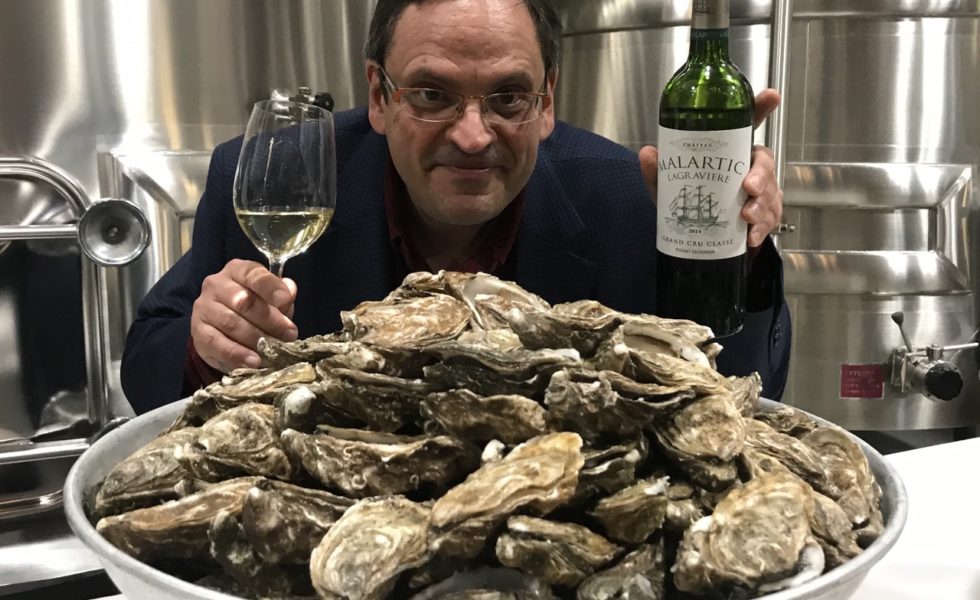
Challenging vintage, but some fine wines
By Panos Kakaviatos for wine-chronicles.com
26 April 2019
The dry whites generally lack the panache and remarkable balance of the 2017 vintage and – for that matter – the zingy energy in 2014, 2010 and 2008, where acidities lent more vivacity. In this challenging vintage, vintners picked earlier or harvested grapes from colder soils with less solar exposure to retain freshness.
Depending on terroir, some preferred Semillon grapes, while others preferred Sauvignon Blanc. As with the reds, aggressive mildew spread in vineyards in the first part of the growing season, and a hailstorm struck Blaye, Sauternes, Graves (where many whites are crafted) and southern Médoc regions (where few dry whites are crafted), significantly affecting yields at some estates.
Humble Bordeaux AOC wines performed better than expected
Maybe it is counterintuitive, but some wines from so called lesser regions, with colder soils, and less optimal ripening exposures, retained a certain energy. At least that was my experience tasting scores of humble Bordeaux AOC whites from 2018. Some wines there that only reach about 12.5% alcohol in an average vintage obtained up to 13.5 in 2018, but the cold soils retained enough acidity to bring about some good whites with body and enough energy: and the prices will be interesting.
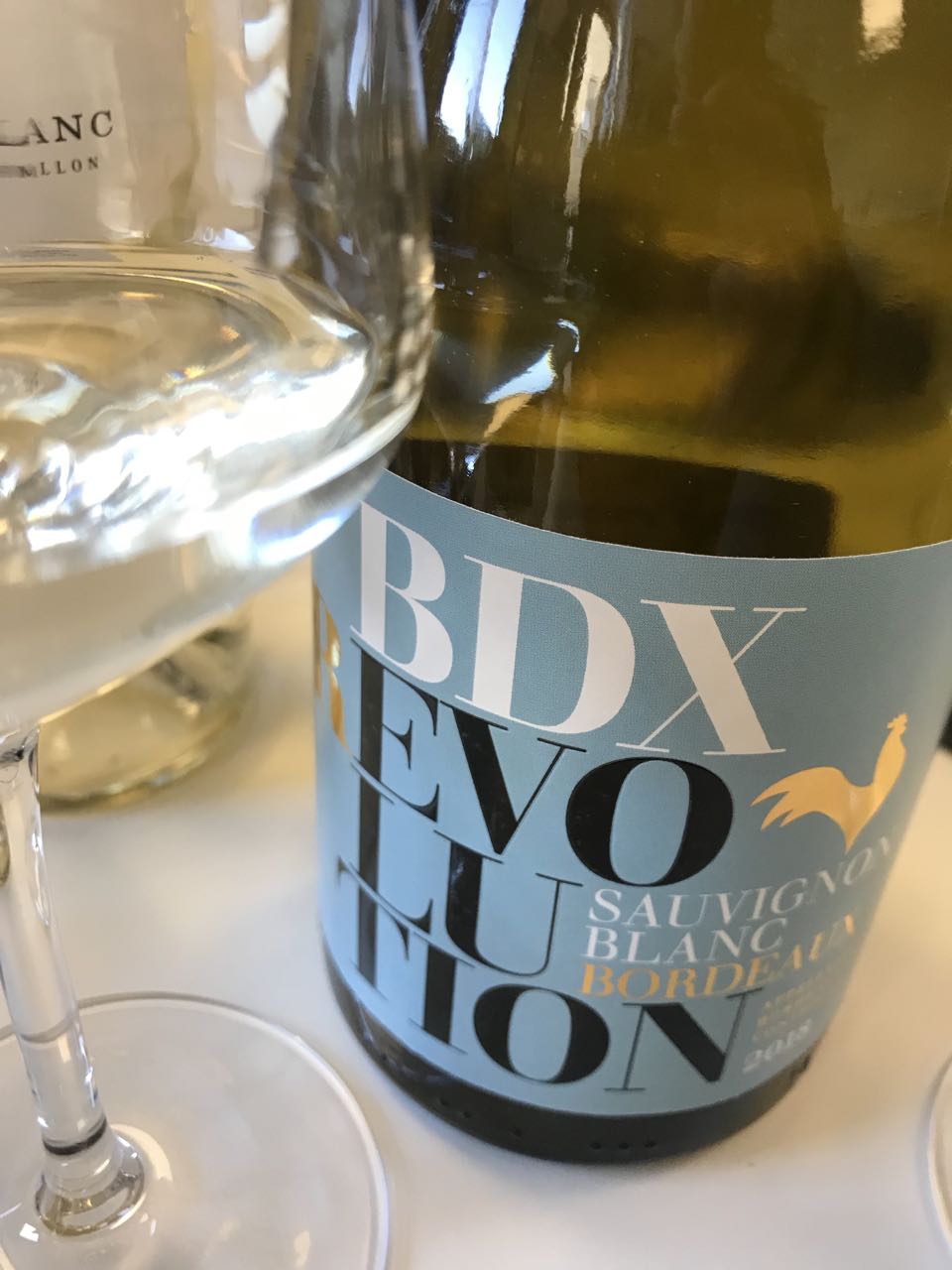
Take for example a wine called Bordeaux Revolution, pictured above, which exhibits lovely brightness, and a nose of ripe, juicy expressions of morning grapefruit. Bravo to David Hohnen of Cloudy Bay in New Zealand, who vinified this wine in its first year of production for the vintage 2018. Only £9 suggested retail in the UK market, but not yet officially listed. My detailed notes on this wine, and many other dry white Bordeaux AOCs from 2018, will be published in a later edition of Decanter this year. Meantime, my tasting notes from many of the “upper echelon” appellations below…
Among top whites tasted?
Domaine de Chevalier, Pavillon Blanc de Château Margaux, Les Charmes Godard
Without further ado, my notes follow the same principle: if in bold, I liked in particular. If red and bold, even more. If underlined, too, a potential wine nirvana.
Graves Blanc
Château de Chantegrive – Aromas hint at honey suckle and beeswax with white stone fruit that comes through clearly on the palate. This has a rather white stone fruit character, less zing per se as one may expect, but the balance is there for smooth, ripe fruit. No rough edges here and – really – this is a great purchase for the vintage, hence the red and bold. 90-92+
Château Ferrande – Nose is somewhat metallic and not as creamy in aspect as the above. The palate has a certain energy, however, and it is true to form. Slightly reductive and that is more or less promising. Medium length. Not bad. 89-91+
Château Rahoul – Aromas of cooked stone fruit. Shows quite a bit of weight. There is elegance to the palate, refinement. But the overall impression is a bunch of parts not quite as seamlessly woven as, say, Chantegrive. Somewhat warm on the finish perhaps? 89-91
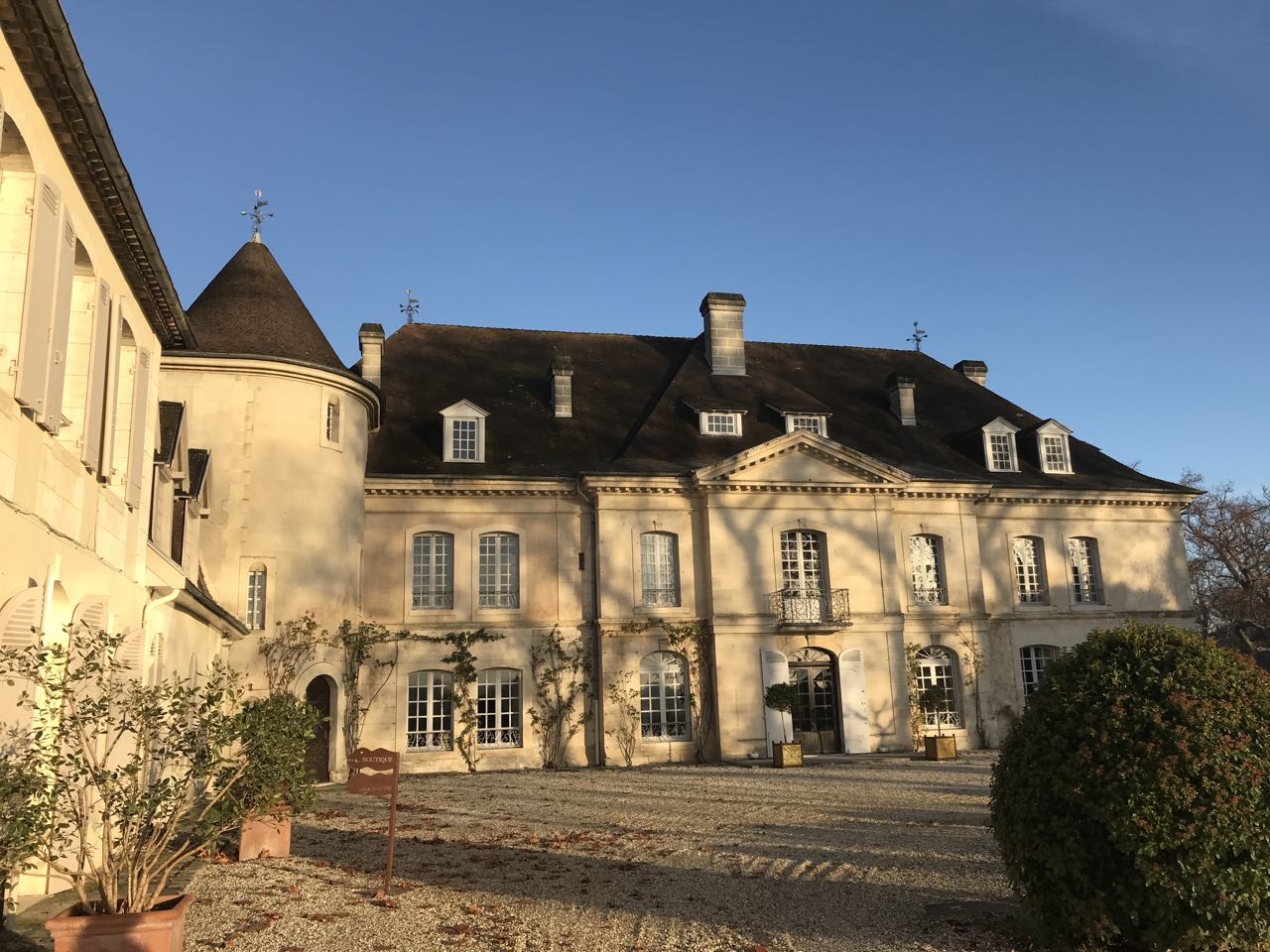
Bravo to Bouscaut for crafting a fine white in a challenging vintage.
Pessac-Léognan
Château Bouscaut – Like the honeysuckle and sweet floral aspects that endear the taster. The palate has a certain depth to it, somewhat baked fruit as well, but never hot or warm. A richer style signed 2018, and sure to please people. 91-94
Château Carbonnieux – Typically “cool” in aromatic expression, perhaps somewhat varietal, too. There is a varietal aspect that is not offensive, and even refreshes, in the context of the vintage. I like some grapefruit freshness on the palate, which has energy and is fun to drink, which is important, some underlying weight, too, if not the most profound palate. 91-93
Domaine de Chevalier* – Somewhat reserved in its aromatic expression, but the real deal comes through on the palate, which displays density and depth: This has dew like sap on the mid palate, and fine concentration. Not the brightest of the white Chevaliers however in recent years – check out 2008 or 2014 or 2016 – but a truly lovely wine in the making. For me, the best wine of all the white Graves in this vintage. 93-95
Château de Fieuzal – Tropical fruit aspects on the nose. Kiwi and pineapple. Marked by pineapple to be sure. It has juiciness on the mid palate, appealing. Perhaps a shorter lived vintage, medium finish, but pleasurable. 90-93
Château de France – Chalk like aromas but some jelly fruit as well. I like already a cooler aspect with some sap on the mid palate. Maybe lacks density. Not bad however, but the 2016 for example, is a superior effort. 90-93
Château Haut Bergey – Sweet fruit notes, hot tarmac. The palate shows juiciness but also very tropical, with juicy mango and pineapple. I am not entirely sure of this, and should have asked for a second sample, so my note is reserved for now.
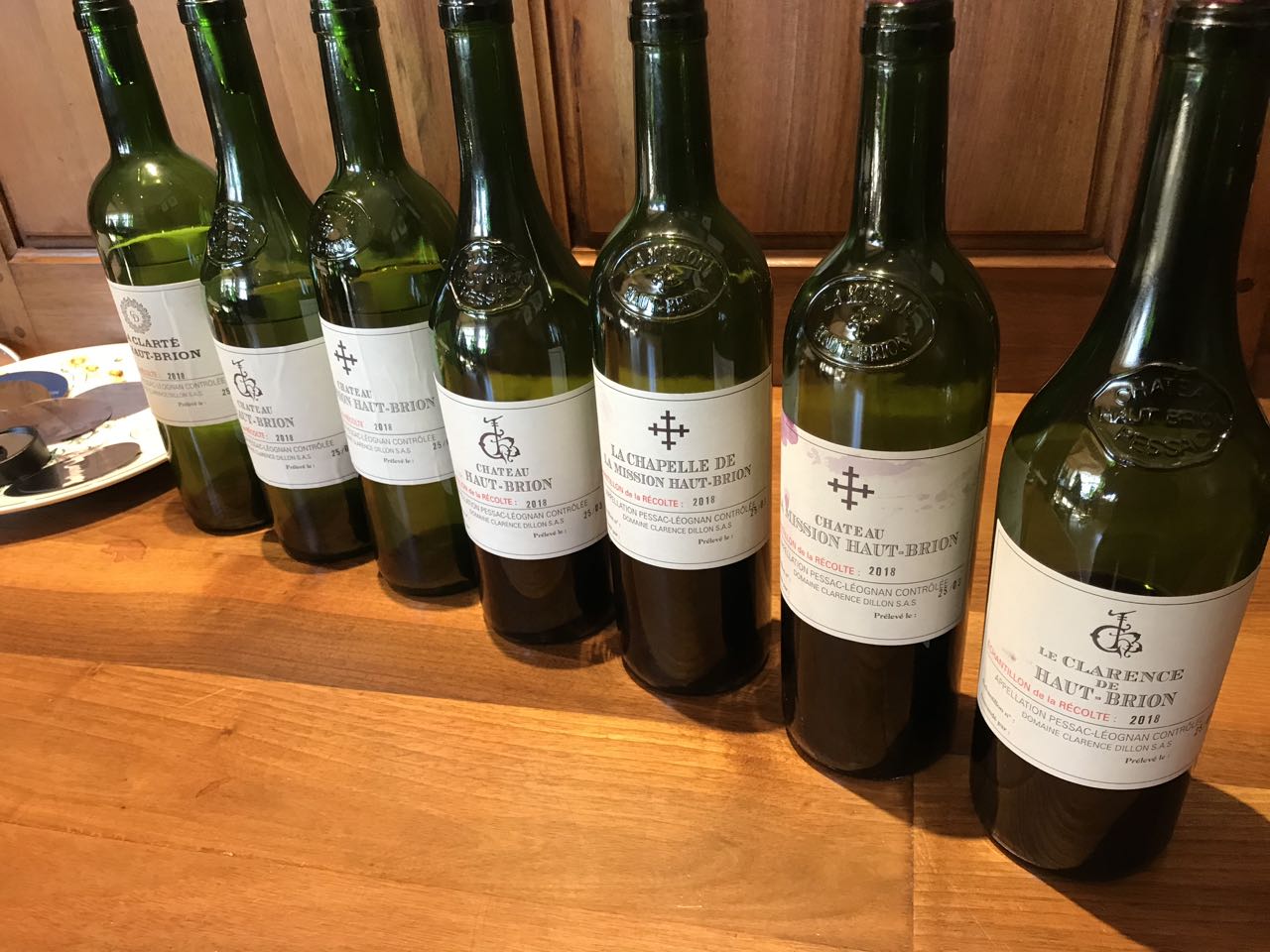
Less exciting whites in this vintage.
La Clarté de Haut Brion – Tasted at Château La Mission Haut Brion, this blend of nearly 80% Semillon and the rest Sauvignon Blanc is almost more appealing than either of the two “first wines”, maybe because of the lower alcohol balance, at 13.8% with a pH of 3.44 pH. It has both verve, citrus aspects and fresh floral lift on the finish. And even if it does not match the breadth of either of the first wines, its price is far more interesting in this vintage and thus gets my red and bold categorization! 92-94
Château La Mission Haut Brion Blanc – At 14% alcohol and with a pH of 3.27, there is no denying the depth to the palate, with plenty of juicy white stone fruit. On the other hand, even though there is a lemon like citrus lift on the finish, I do feel that the wine lacks the verve of better vintages, and when you consider the expense of even one bottle of this wine, you can purchase either a better vintage or other options from 2018, such as Domaine de Chevalier. 92-95
Château Haut Brion Blanc – With over 80% Sauvignon Blanc, the wine clocks in at 14.4% alcohol and with a pH of 3.37 (same as in 2009). As estate representative Turid Hoel-Alcaras explained, the white vintage was not easy. The acidity in Semillon was “dropping quickly”, so they sold off much Semillon originally meant for the grand vin to make the Clarendale Blanc as well as into second wines. I feel that this lacks the grip of the La Mission, which I prefer in white. You get density and lip smacking juiciness from white peach fruit aspects and a (somewhat short for the estate) finish that conjures lime and lemon, but the same logic applies here: If you are going to spend a lot of cash, go for the 2017. 92-94
Château Larrivet Haut Brion – This has nuance and elegance, with a rounded aspect that appeals. Not fat or heavy, but just nicely chiseled. Juicy yellow apricot. Maybe a tad warm on the finish? Still, a yummy, shorter term white, as you can enjoy the 2016 more (and longer). 91-93
Château Latour Martillac – This has freshness and upfront stone fruit, but it seems just a tad warm on the finish. Still, you have to enjoy the mid palate sap and “engaged” attack. Overall, a pleasurable experience … A hotter vintage suits the estate style here. 90-93
Château La Louvière – Cool fruit nose. Did cooler terroirs profit better from the 2018 vintage? The palate is a bit short, however, and marked by hints of varietal aspects, but it “plays the game safe” and you get a wine that will go down well with oysters. 90-93
Château Malartic Lagraviere – Warm aspect on the palate and you get a sense that the wine needs a bit more verve – especially as compared to the magnificent 2016. There is plenty of body and dry extract, however, so the taster feels the palate breadth! Get out that fettuccini with clams in a cream sauce. But for a higher score, it could use a bit more length and focus. 91-93
Château Olivier – Honeysuckle aspects on the nose. Subtle. A bit closed in. The palate lacks some vigor, alas. Sure, you have the elements but it lacks precision and length. 90-92
Château Pape Clement – Well, hand it to this estate for a cornucopia of aromas! From ripe mandarine orange to tropical fruit. The palate is not over heavy, either, and shows depth, albeit in a Magrez ripe (for some, a bit over-ripe) style. It has chutzpah (“Got me a hot and dry vintage? I’ll make me a super expressive white”), that is sure to draw yet more allegiance from fans and qualms from detractors. I give it the benefit of the doubt… 91-94
Château Picque Caillou – Can you say sweet lemon pie? This is like a liquid form of that and indeed an appealing white, with some depth, and certainly fresher than the über expressive Pape, tasted just before. It may lack the depth of some of the top estates, but I it comes across more cracklin’ 91-93
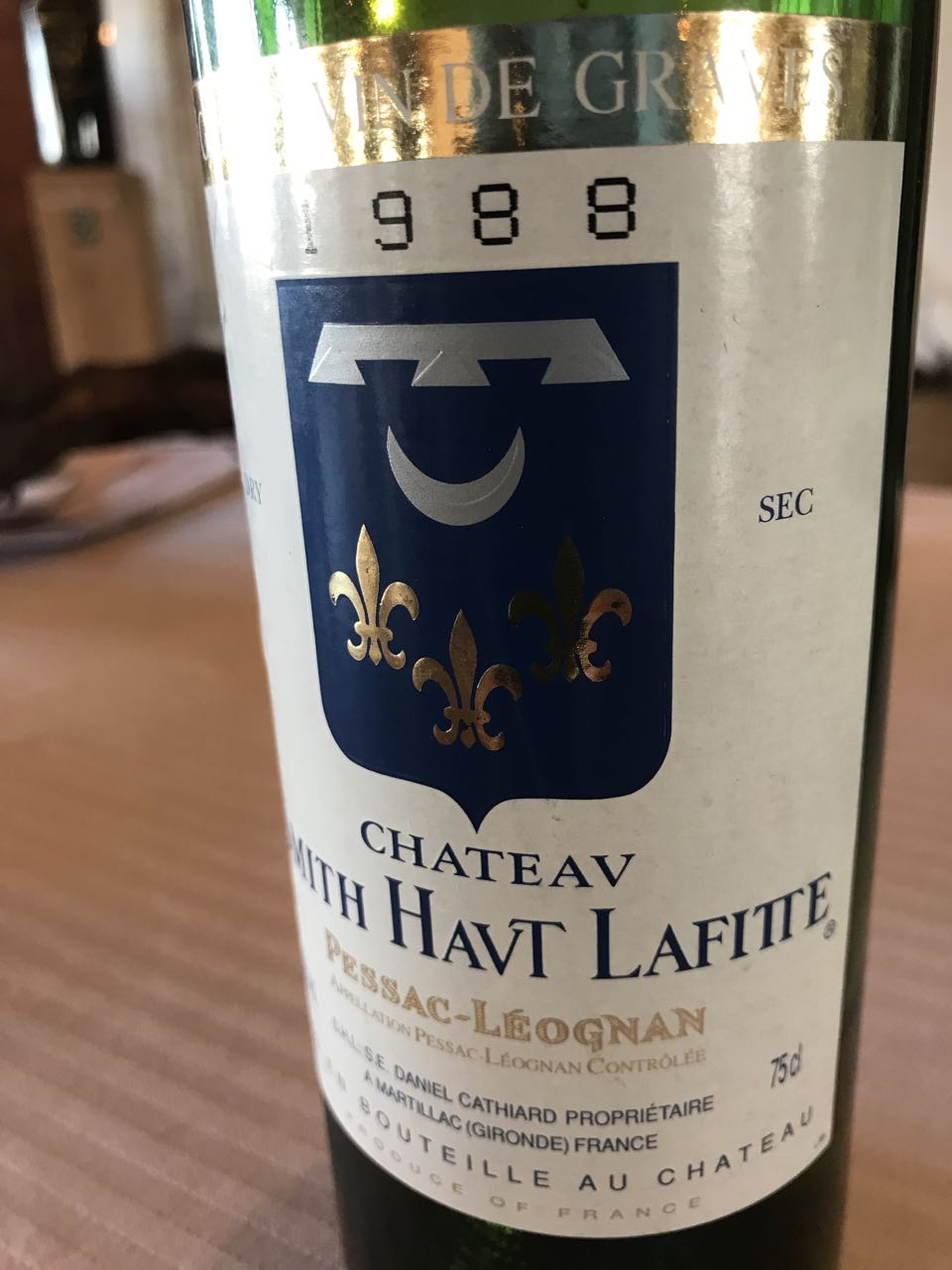
A better -8 in white 😉
Château Smith Haut Lafitte – The attack is pleasant and the yellow (not so much white) stone fruit appealing. I like the mid palate depth and breadth, with a smooth texture. But we are not reaching the heights of 2014 or 2016, as you notice the vintage, with a slightly heady aspect. To put things into perspective, I was invited to a special vertical (notes to come) by the estate, with vintages ending in -8, reaching back to 1878 red! For the whites, the 1988 was terrific, with excellent acidity and structure. The blend is 90% Sauvignon Blanc, and 5% each of Semillon and Sauvignon Gris. 91-94
Whites from elsewhere in Bordeaux
Caillou Blanc de Talbot – One of a few whites from a famous Médoc estate, in this case Château Talbot, this has a certain zing, for the vintage, and there is weight. Somewhat tropical in aspect, with white stone fruit. Pleasing white! 90-92+
Les Charmes Godard – Old vine Semillon fermented in 500 liter old casks. I like the flavor intensity and focus of this white. Iodine like minerality on the nose. Almost fat, but “held in” by dry extract and acidity. Quite appealing – and with pleasingly juicy sap. The alcohol may be high – 14% – but all so nicely integrated. 92-94
Clos les Lunes Lunes d’Argent – This has initial lemon lime freshness for the vintage, but thins out on the palate, which comes across a tad metallic. Not sure… 88-90
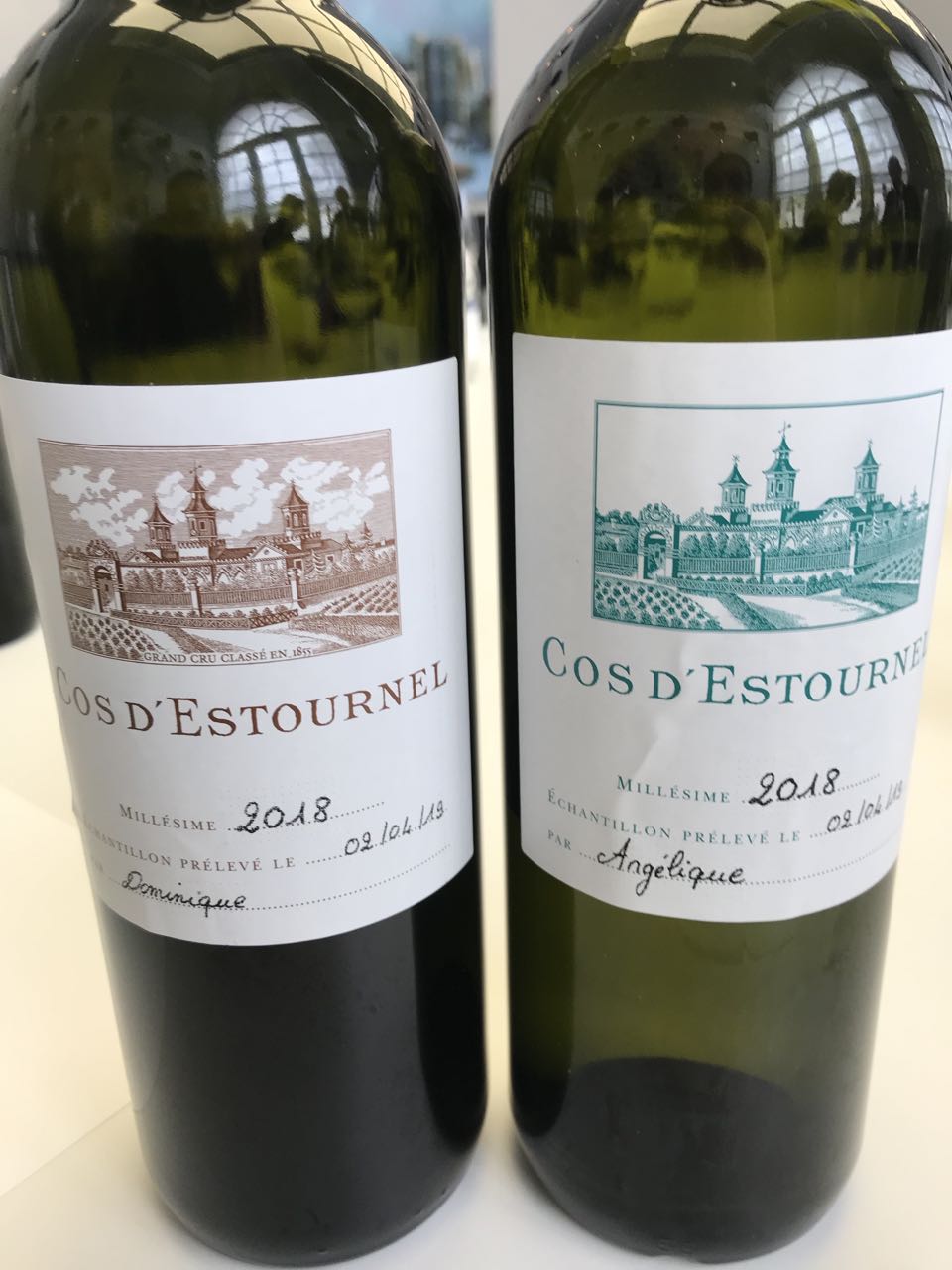
Wonderful in white, too.
Cos d’Estournel – For whites, 2018 was “not evident” confirmed technical director Dominique Arangoïts. He felt however that the Semillon lent more “seriousness” to the wine, so the blend this year includes 33% (from an accustomed 25) of that grape. Full body, yet freshness. There is more white stone fruit sap, and that may well be due to the increased Semillon. “It is our philosophy” to obtain more creaminess and body over time, so the estate will be increasing Semillon generally, and that percentage may reach 40%. The 2018 shows a hint of tropical to be sure, a bit of mango. For the vintage, a very good white. 92-94
Girolate – This is fairly full-bodied wine, but lacks the intensity and focus of the above. Broad, but not as focused. White stone fruit, sure, but not as precise or as “salty fresh”. Alcohol well managed, however. 90-92
Château Mont Perat – This has a somewhat metallic nose. Iodine freshness. I like its light- to medium-body, and a certain floral touch, but all rather low key. Somewhat herbal, too, but not green. Lovely! 90-93
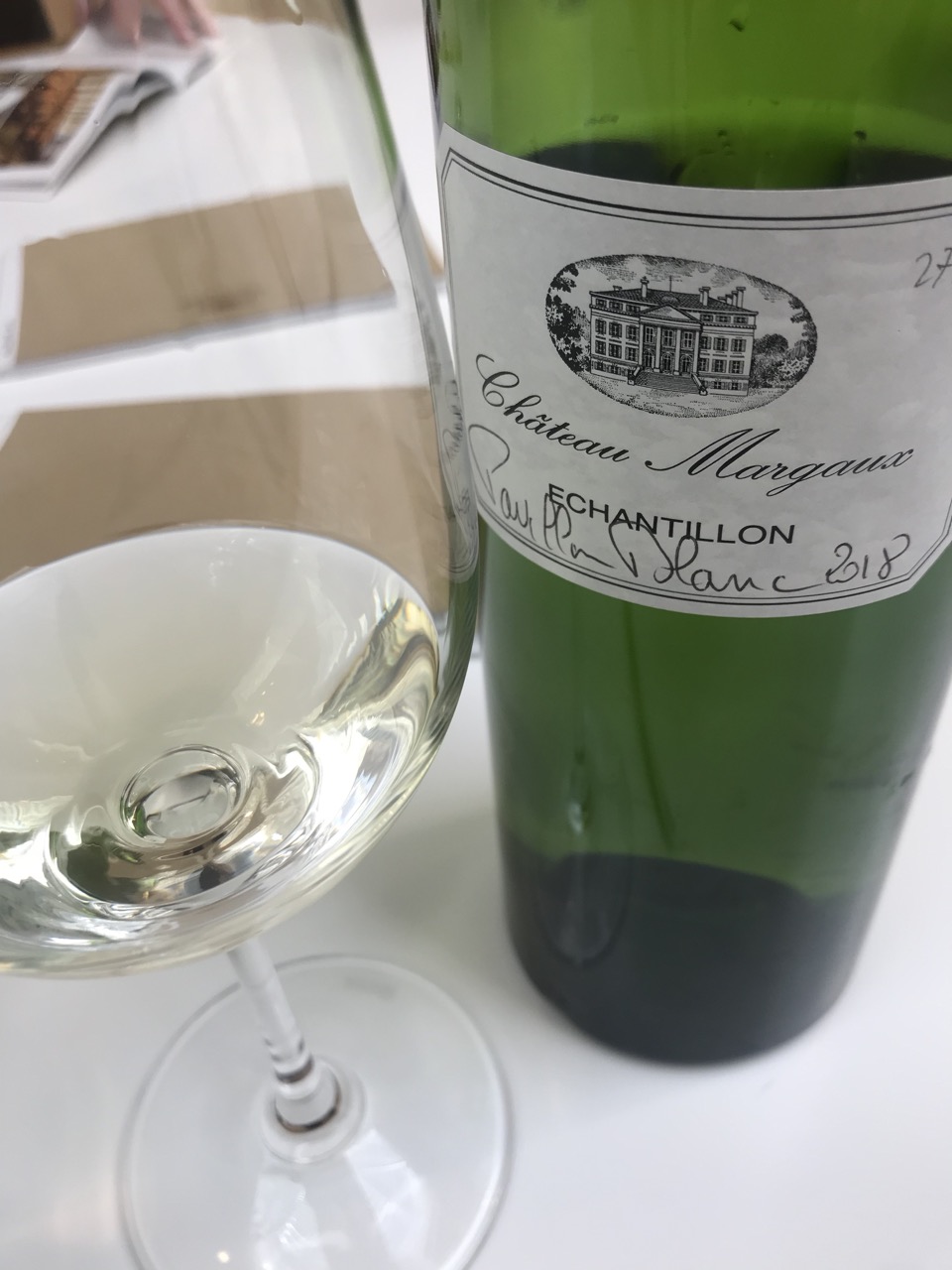
Candidate for dry white of the vintage
Pavillon Blanc of Château Margaux* – The grapes were all picked in late August to preserve freshness it ends up with 3.1 pH, so that the wine comes across far fresher than any taster would have expected. Some rains in July helped to retain enough freshness. OK, I did get a hint of tropical, but really just a hint. There is a juicy thirst quenching aspect to this wine the defies the ultra warm vintage. Ties for my favorite dry white Bordeaux of 2018. 93-95
Château Reynon Blanc – It seems a bit lackluster and not as having as much freshness, lacking also the floral/herbal freshness of the preceding wine. Somewhat steely. It is OK, but, really, seek out 2017 instead! 89-91
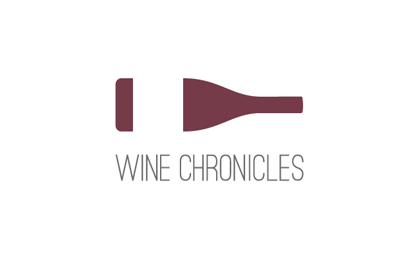 Wine Chronicles
Wine Chronicles
Share This